This site uses Akismet to reduce spam. Learn how your comment data is processed.
Marine & Freshwater Environmental Education
Follow BCS on Twitter
My TweetsWant updates on BCS posts?
Scroll through the BCS archives …
Learn more on …
Random posts from BCS …
Horseshoe Crab Round Up: May 2013
And, we’re concluding the first month of the horseshoe crab mating season for 2013. Over the past couple of weeks, many articles have come through the great worldwide web including some new creative introductions on the relationship of Limulus polyphemus and shorebirds, captivating expose on the capture of two horseshoe crab poachers, updates on the […]
10 best in the past nine years
Sometimes it’s nice to look at the past and see what’s worked. From the past nine years of posts on Beach Chair Scientist, it seems that one post has been the “most valuable player”. 100 ocean quotes is a surefire “make you stop by BCS for the first time and join the mailing list” kinda […]
May is National Wetlands Month
In 1991 the Environmental Protection Agency (EPA) declared May to be National Wetlands Month. They set aside the day to celebrate the economic and ecological value of wetlands and educate America of the natural resource. Throughout the country events take place to encourage you to learn more about wetlands and take action to restore them. […]
Eight quotes to remember
I’ve been exploring a lot of new museums lately since I just moved to the Chicagoland area. One thing I’ve noticed is the abundance of inspirational quotes on walls. I love this method of making use of space and design. However, many (many, many) of them are quotes from men. It’s no surprise given that […]
Earth Day, Every Day
I tend to be a little quiet and not post often in April. With Earth Day as a central theme for so many organizations this month, what more can I offer? Well, I can share 50 simple ways to make Earth Day, Every Day! These small actions will have you thinking more about how we’re […]
No balloons at the celebration for the Beach Chair Scientist …
Today is the fourth birthday of the Beach Chair Scientist blog. Despite the fact that some companies label latex balloons as ‘biodegradable’ and therefore, ‘safe’ for the environment, I will not be decorating any birthday celebration with balloons. Balloons blow! What has been widely spread is that latex balloons breakdown at ‘the same rate as […]
What’s the difference between a conch and a whelk?
Good rule of thumb would be that whelks are found in temperate water and conchs are found in more tropical waters. Also, conchs have eyeballs, while whelks have eyespots. If you’re lucky enough to catch them while feasting, whelks are carnivores and conchs are herbivores. Also, their body colors are different. Conchs tend to be […]
North Carolina: The mecca for marine science?
We all know North Carolina has research triangle between Raleigh-Durham and incorporates Chapel Hill. But, did you know that there is a marine science research quadrant in the state as well. First, you have the Division of Marine Fisheries in Morehead City (as well as the Duke and NOAA labs in nearby Beaufort). Next, in […]
Have you visited the Sant Ocean Hall?
I’m lucky enough to live and work in the DC metro area, one of the biggest reasons I love this city (besides being able to feel the thrill and excitement of the Inauguration this past weekend) is the access to free museums. If you’re an ocean lover you might be surprised to know that there […]
Guest post: Cherilyn Jose of Ocean of Hope (where “Marine Animals Voice Their Wishes”)
I was honored she Cherilyn Jose asked if I could do a guest post for her, but not too shy that I didn’t ask her to reciprocate (I love the information she puts out there on her blog so I thought it was worth a chance!). She kindly did so, and am I ever thrilled! […]
Flickr photos …
What people are saying …
- Robert Emahiser on Why you should never walk on dunes
- Lesa on 10 brief facts on bioluminescence
- Lisa on Limulus Love
- Beach Chair Scientist on 17 facts about the wee sea potatoes
- Bernard Rejterada on 17 facts about the wee sea potatoes
- Brian on What is the difference between a summer and winter flounder?
- Inbound marketing on 15 facts about the Portuguese man-of-war that’ll have you saying “Didya know…?”
- Donnie Huckabee on Wordless Wednesday | Shell art
- John on Why you should never walk on dunes
- ItzJaylaD on What I know about whale sharks
Top posts & pages from BCS …
- Hurricane vs. Cyclone vs. Typhoon
- A House for Hermit Crab
- How to handle a horseshoe crab
- Snot's your house
- Wednesday Wisdom: Various quotes (Alaska scenes)
- A naturalist's must-see destination: Fossil Hunting at Bayfront State Park in Chesapeake Beach, MD
- Belly biology creates lasting memories
- Five awful puns about courtship in the sea
- Horseshoe crabs confirmed as members of arachnid family
- Beyond the bag: Other plastics being banned
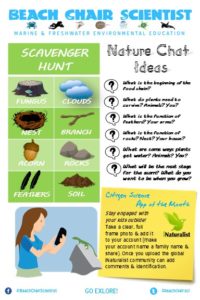

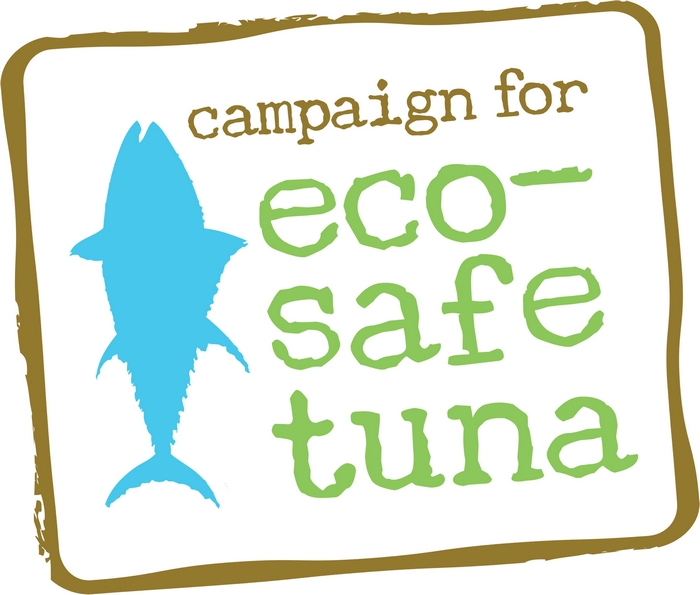


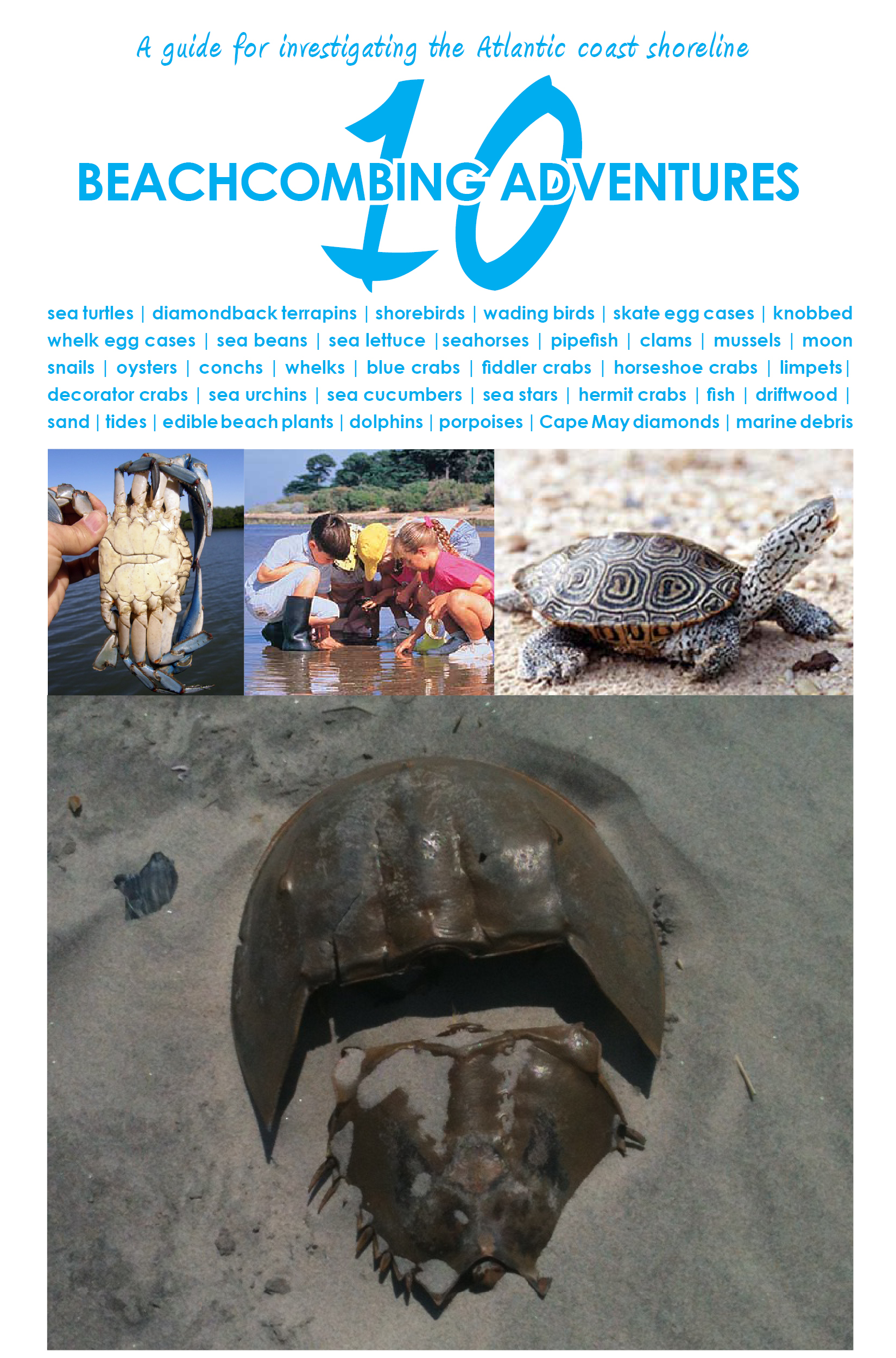
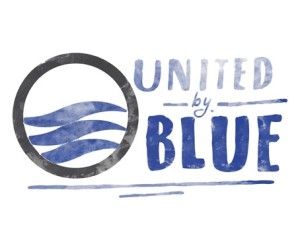
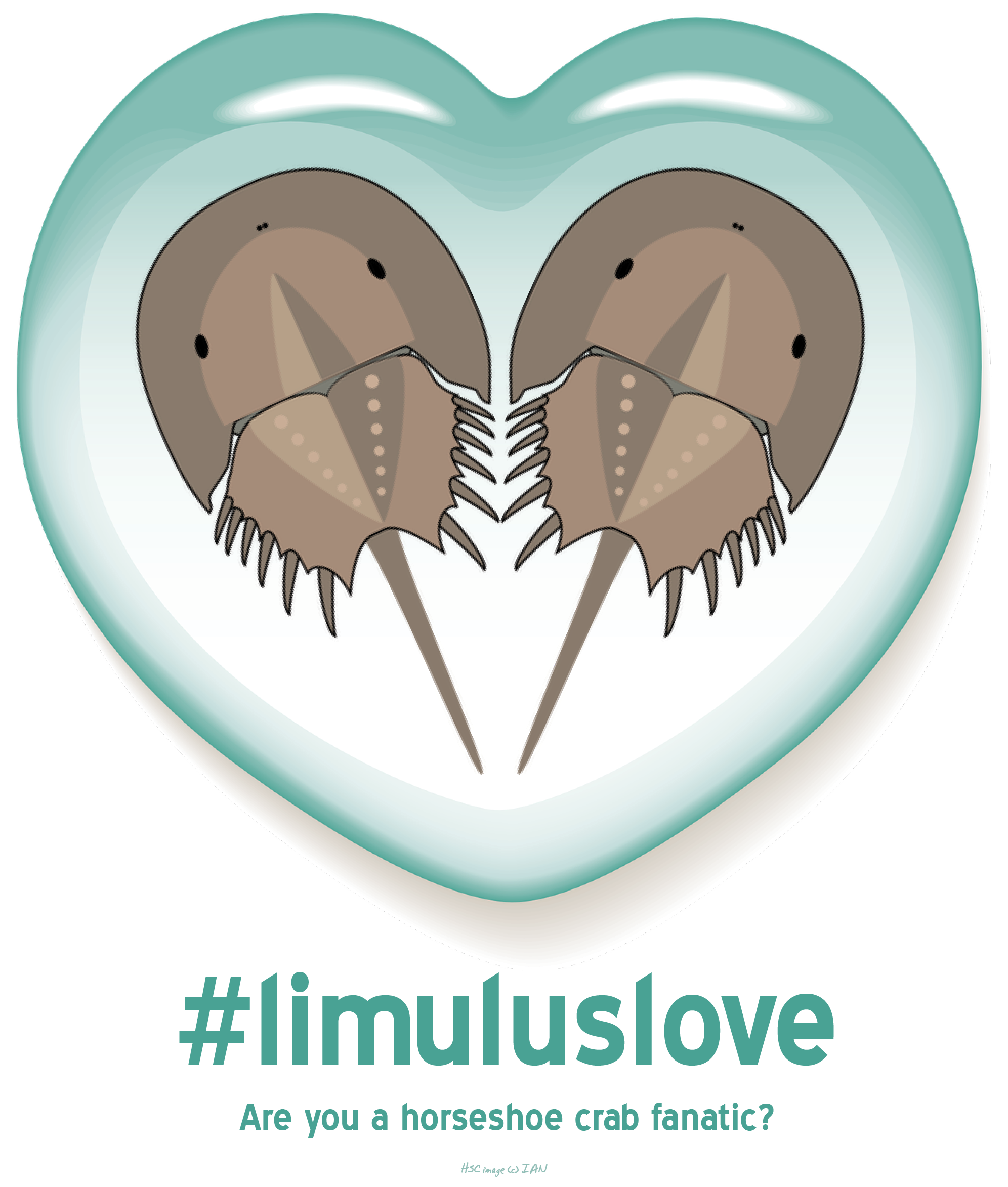
Speak Your Mind